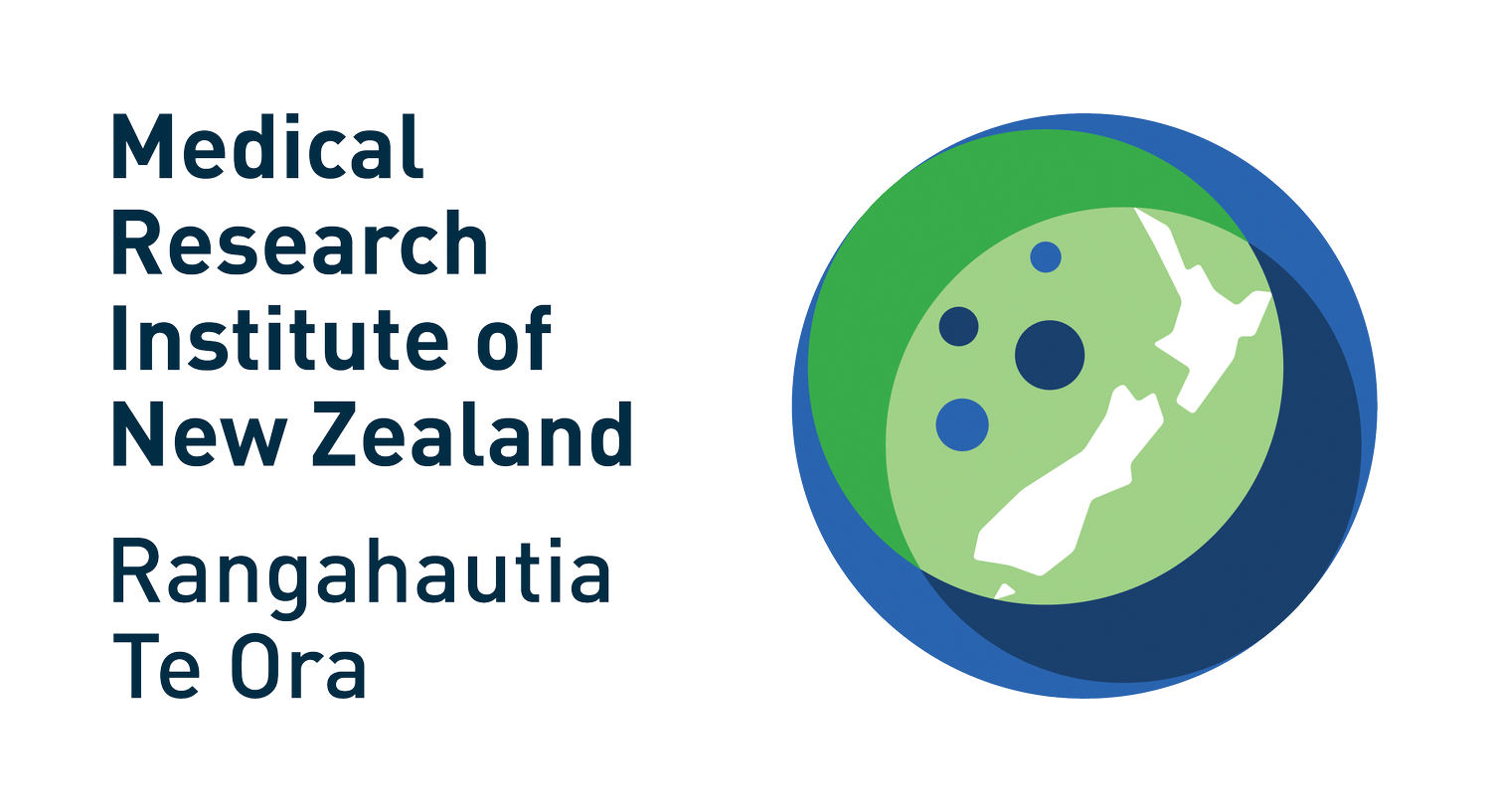Landmark pre-hospital study in patients with severe injuries raises important questions.
The PATCH-Trauma Study shines a new light on tranexamic acid’s role in pre-hospital treatment of major trauma.
A ground-breaking study, published in the New England Journal of Medicine, conducted by researchers from Aotearoa New Zealand, Australia, and Germany, has raised a challenging question — In the event of severe injury, would individuals want to receive a treatment which reduced their probability of dying but also increased their risk of surviving severely disabled?
The Pre-hospital Antifibrinolytics for Traumatic Coagulopathy and Haemorrhage (PATCH-Trauma) Study focused on the use of tranexamic acid (TXA), a readily available drug known for its ability to limit bleeding during surgery. The research examined TXA's effectiveness as a pre-emptive measure for patients at risk of life-threatening bleeding following trauma, an area of ongoing controversy.
The PATCH-Trauma Study, coordinated in New Zealand by the Medical Research Institute of New Zealand (MRINZ), is a large trial in which treatment was administered at the scene of an accident or injury, or in an ambulance. Over the course of eight years, 1310 severely injured patients received treatment from 15 ambulance services and 21 trauma centres across New Zealand, Australia, and Germany.
In the study, patients were randomly assigned to receive pre-hospital TXA or a placebo, in addition to all usual care. The findings revealed that, on average, for every 100 patients who received TXA, there were four additional survivors at a six-month mark, but also four additional patients with severe disability requiring them to rely heavily on caregivers.
Injury is the leading cause of death among young New Zealanders under 45, with most deaths occurring before reaching a hospital. Consequently, pre-hospital interventions for limiting bleeding are of paramount importance. The PATCH-Trauma Study confirms the results of several prior studies — that TXA can stop bleeding and help save lives.
However, this is the first study where the results indicate that TXA may be associated with a reduction in the survivor’s ability to lead an independent life.
Professor Paul Young, Deputy Director and Intensive Care Medicine lead at the MRINZ, and PATCH-Trauma Study author, describes this research as a milestone in trauma care. He emphasises the complexity of the predicament, stating, “This is an example of how science does not always provide us with simple answers. Individuals will have varying perspectives on whether surviving with severe disability is preferable to death.”
Given the critical condition of patients who could be given this medication, nuanced discussions regarding its use for individual decision-making at time of delivery are not practical. The findings of this study now require broad consultation so that differing views on the use of TXA can be accounted for when considering pre-hospital care policy.
Lead investigator Dr Colin McArthur, who led the PATCH-Trauma Study in New Zealand, underscores the collaborative nature of the trial, saying, "We highly value our frontline research partners in Hato Hone St John and Wellington Free Ambulance services, emergency departments, and intensive care units, working in tandem to best support patients and the healthcare system. This research was only possible with collaboration throughout the motu and around the world."
Associate Professor Bridget Dicker, Hato Hone St John Paramedic and Head of Clinical Audit and Research, commends the efforts of all paramedics in New Zealand who participated in the study, including road and air ambulance staff, staying, “The PATCH-Trauma Study shows paramedics’ dedication to conducting rigorous clinical trials under enormously challenging circumstances while caring for patients in a critical condition.”
Dr Tony Smith, Hato Hone St John Deputy Clinical Director, a clinician who enrolled some of the first patients into the study, and Dr Andy Swain, the Medical Director of Wellington Free Ambulance both acknowledge the significance of these results for study participants and their whānau throughout New Zealand. “Without the generous contribution of the participants and their families, the study simply could not have happened,” says Dr Swain.
The PATCH-Trauma study received endorsement from the Australian and New Zealand Intensive Care Society Clinical Trials Group (ANZIC-CTG), was approved by a New Zealand Health and Disability Ethics Committee, with funding from the New Zealand Health Research Council and the New Zealand Lottery Grants Board.

